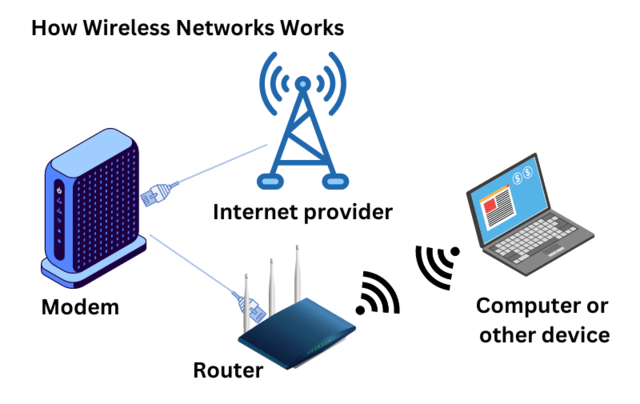
Published 5/2024
Created by Mohuya Chakraborty
MP4 | Video: h264, 1280x720 | Audio: AAC, 44.1 KHz, 2 Ch
Genre: eLearning | Language: English | Duration: 6 Lectures ( 1h 40m ) | Size: 919 MB
In-depth understanding
What you'll learn:
Wired communication
Wireless communication
Ethernet
Connecting devices fro communication
Requirements:
Enthusiasm to learn something new
Description:
This is a short course on theoretical concepts of wired and wireless communication. It teaches about wired LANs Ethernet, Wireless LANs in Part 1 and Part 2, various connecting devices, and several other wireless networks including cellular network concepts, the frequency reuse factors, transmission, reception, handoff (hard and soft), roaming, and their principles of operations. The course further teaches the various generations of mobile communications such as 1st generation: AMPS (Advanced Mobile Phone System); 2nd generation: D-AMPS, GSM, IS95, PCS; 3rd Generation: IMT-2000.Some cells come together to form a cellular network. The cell serves a certain area and has a base station that functions similarly to an 802.11 AP to assist mobile users in connecting to the network. The base station and mobile devices are connected via an air interface that supports both physical and data link layer protocols. The Mobile Switching Center, which controls mobility, and call setup and connects cells to a wide-area network, is connected to each of these base stations. The base station and a specific area are both assigned a fixed amount of radio spectrum, which must now be shared. Two methods exist for sharing radio spectrum between mobile devices and base stations: Combined FDMA/TDMA and CDMA.There is a course completion quiz at the end.
Who this course is for:
Anyone interested in wired and wireless communication theory
https://rapidgator.net/file/dad1bc3ea3060373fa5771b14eb6b3d0/Introduction_to_Wired_and_Wireless_Communications.rar.html

 Help
Help











